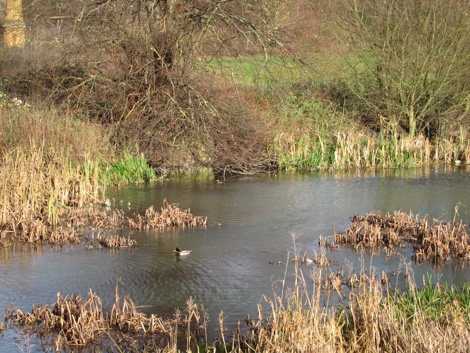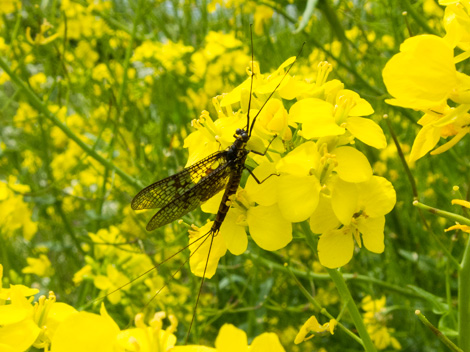It seems that these days mother nature has quite a few surprises out there waiting for me. But, then, it might be because I am going out looking for them more. So far in my morning / lunchtime nature ramblings I’ve been privileged to watch a kingfisher fishing on the River Nene most mornings for a couple of weeks, spied a treecreeper and goldcrest in amongst a flock of long-tailed tits and seen a goosander diving up and down. All within 10 minutes walk of Northampton Town Centre and all around 8am. I’ve also had the misfortune to listen to a very screechy jay several times – no problem with the jay, but that sound, now I’ve heard it, is unmistakeable.
My latest surprise came on Tuesday lunchtime – a sunny but breezy December afternoon, when I decided to go for a walk away from town and chose to wander down to Barnes Meadow Nature Reserve. I have to admit, I’ve not seen many water birds down at this end of the river, not that you can blame them, it’s a bit noisy and barren. Today though there were quite a few swans and Canada Geese. But, my big find of the day, were some Little Grebes, aka Dabchicks. These are dumpy, fluffy, compact little brown birds – a bit smaller than a moorhen. In the summer they are quite smart in their chestnut-red and black plumage, but in winter they are a little more subdued in their brown feathers. But, if you see them within a river’s width away they are quite distinctive, both in size and shape and the way they dive into the water. They dive more frequently than coots and moorhens and stay down for longer, looking for insects and small fish to eat. They also seem to almost throw themselves in the water, they are so fast.
I was quite surprised to see a couple of them quite close to the bridge over the river. I was even more surprised to see three more a little further on. What was even more surprising was the noise they made – I resolved to get back there in the same week with some sound recording gear to see if I could cut out some of the construction and road noise. It sounded much more tropical than you’d expect from a bird found on Britain’s muddy waters – I couldn’t decide if they were laughing or squabbling. Further along the river I found another couple, one that had been successful in its fishing ventures with a relatively large fish soon dispatched down its beak, both looking much brighter and redder in the sun. Then, I found a third group, and a fourth.
I know that these are quite a common bird, but it has been years since I saw one. Then, a couple of months ago I spotted three at the country park and now more than ten on the River Nene. The little devils are everywhere!
You can’t easily make them out – but there is a pair on the far side of the river in front of the scrubby tree in the centre.

